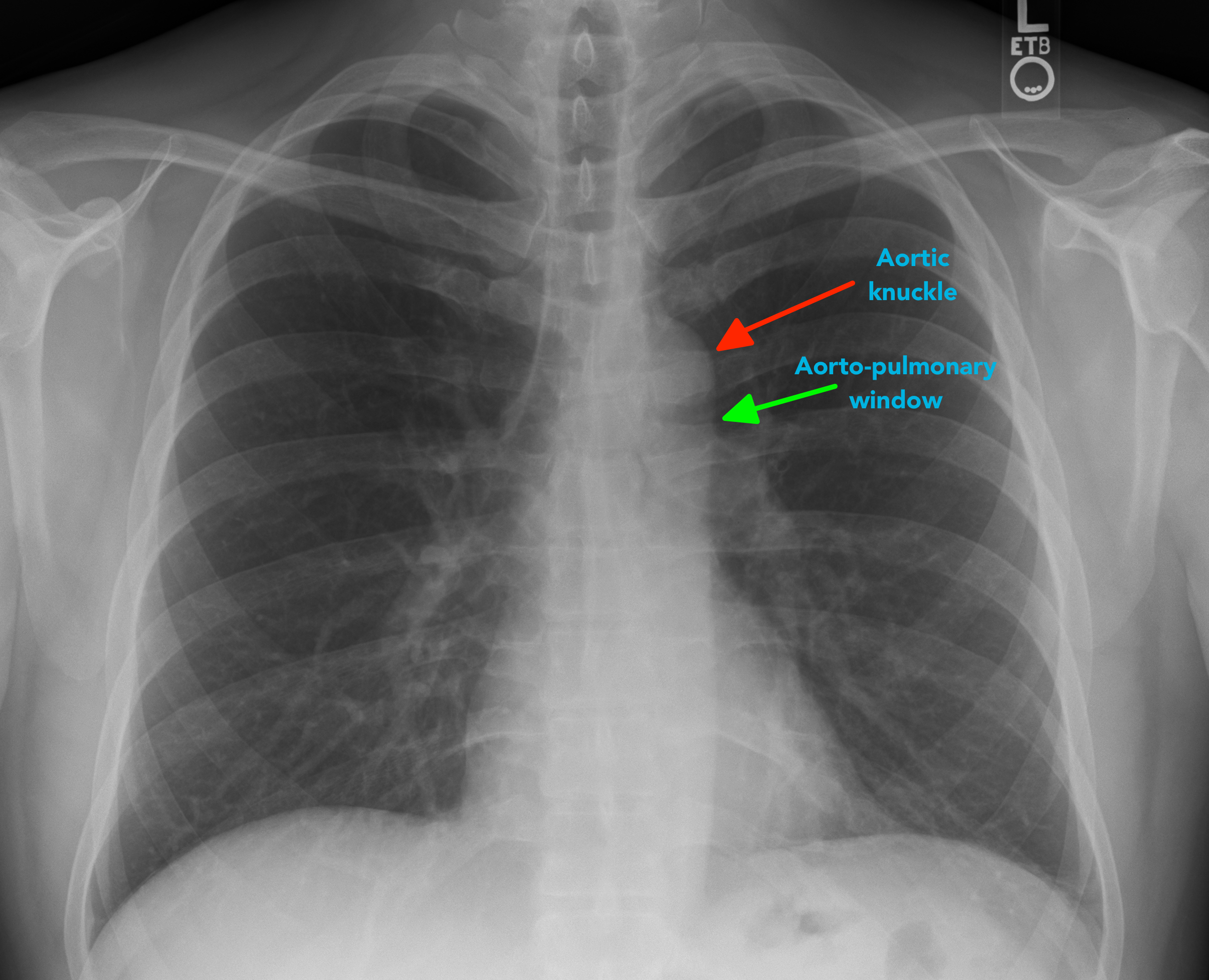
X Ray Effect Software
A patient being examined with a thoracic in 1940, which displayed continuous moving images. This image was used to argue that during the X-ray procedure would be negligible. The many applications of X-rays immediately generated enormous interest. Workshops began making specialized versions of Crookes tubes for generating X-rays and these first-generation or Crookes X-ray tubes were used until about 1920. Crookes tubes were unreliable. Xbox 360 iso download. They had to contain a small quantity of gas (invariably air) as a current will not flow in such a tube if they are fully evacuated. However, as time passed, the X-rays caused the glass to absorb the gas, causing the tube to generate 'harder' X-rays until it soon stopped operating.
Larger and more frequently used tubes were provided with devices for restoring the air, known as 'softeners'. These often took the form of a small side tube which contained a small piece of, a that traps relatively large quantities of air within its structure. A small electrical heater heated the mica, causing it to release a small amount of air, thus restoring the tube's efficiency. However, the mica had a limited life, and the restoration process was difficult to control. In 1904, invented the, the first kind of.
This used a that caused an to flow in a. This idea was quickly applied to X-ray tubes, and hence heated-cathode X-ray tubes, called 'Coolidge tubes', completely replaced the troublesome cold cathode tubes by about 1920. In about 1906, the physicist discovered that X-rays could be scattered by gases, and that each element had a characteristic. He won the 1917 for this discovery. In 1912,, Paul Knipping, and Walter Friedrich first observed the of X-rays by crystals.
This discovery, along with the early work of,, and, gave birth to the field of. The was invented during the following year. It made possible the continuous emissions of X-rays. X-ray tubes similar to this are still in use in 2012. Chandra's image of the galaxy cluster Abell 2125 reveals a complex of several massive multimillion-degree-Celsius gas clouds in the process of merging.
The use of X-rays for medical purposes (which developed into the field of ) was pioneered by Major in. Then in 1908, he had to have his left arm amputated because of the spread of on his arm. In 1914 developed radiological cars to support soldiers injured in. The cars would allow for rapid X-ray imaging of wounded soldiers so battlefield surgeons could quickly and more accurately operate. From the 1920s through to the 1950s, x-ray machines were developed to assist in the fitting of shoes and were sold to commercial shoe stores. Concerns regarding the impact of frequent or poorly controlled use were expressed in the 1950s, leading to the practise's eventual end that decade.
Nikon metrology software x ray ct XTend cd stack circular scan Circular scan of CD stack: Cone beam effect at the edges of the stack nikon metrology software x.